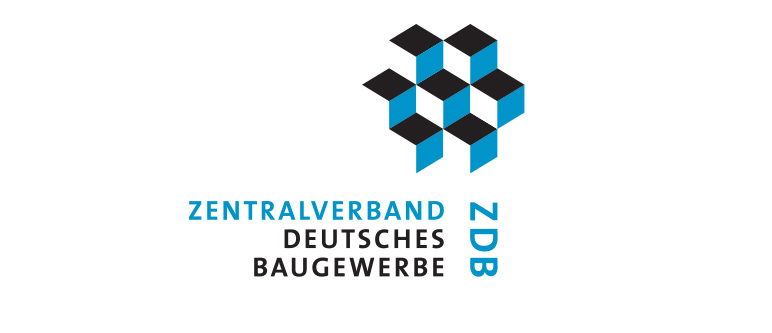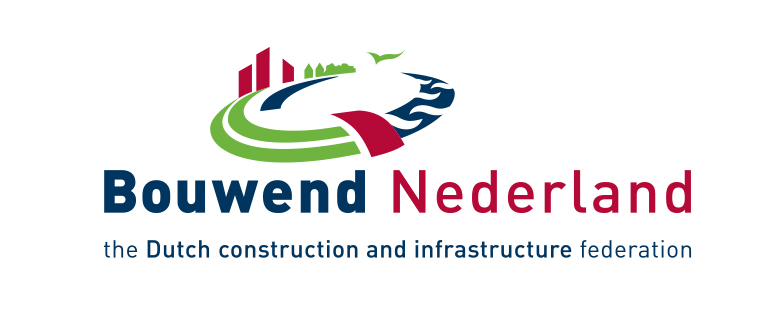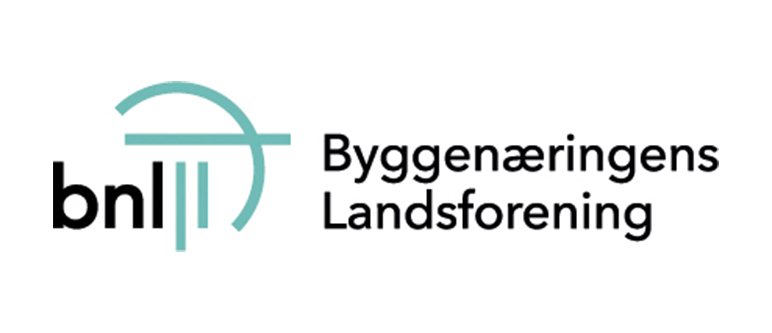Overall construction activity
Bulgaria is in a phase of economic upswing and growth. In 2019, its gross domestic product (GDP) amounted to €60.7 billion, an increase of €4.59 billion compared to 2018. The total gross value added (GVA) amounted to €52.29 billion at current prices, an increase of €3.66 billion compared to 2018. The expected economic growth in the construction sector in 2019 was confirmed by prelimi-nary statistical data. The output of the construction industry rose by 8.3% compared to 2018. The share of residential construction accounted for 27.3% of the construction industry’s total operating revenue. It is 29.9% for non-residential construction and 42.8% for civil engineering. Gross fixed capital in construction assets increased by 5% compared to the previous year. In 2019, foreign direct investments in the construction industry increased by € 39.1 million com-pared to 2018. The people employed in the construction industry represent 5.5% of all Bulgarian employees. Their number has increased by 6.1% compared to 2018. Unemployment in the construction industry in 2019 represents 8.4% of the country’s total unemployment. In comparison to the previous year, total unemployment fell by 17.6% while unemployment in construction de-creased by 30.6%. As of 9 March 2020, 5,601 construction companies, out of which 5,544 are Bulgarian legal entities and 57 foreign companies, are registered in the Central Register of Professional Builders at the Bulgarian Construction Chamber (BCC). Based on personnel criteria, 86.69% of the registered construction companies are small, 12.12% are medium-sized and 1.19% are large companies.
Housebuilding
With a share of 58.8% of the total production in the sector and a growth rate of 13% the construction of buildings continues to drive the total construction activity. The total number of construction permits issued in 2019 decreased by 0.3% on an annual basis. The total floor area shrunk by 15.9%. For residential buildings, the number of permits increased by 3.6%. The total floor area decreased by 7.9%. Residential buildings started rose by 10.4% in 2019. The number of dwellings increased by 3.5%, the total floor area by 8.4%, compared to 2018. The number of residential buildings brought into use in 2019 increased by 31.8%. The number of dwellings grew by 48.3% and the total floor area increased by 48.3% compared to 2018. Out of the total number of residential buildings brought into use, 76.7% are made of reinforced concrete. The latter rose by 35.8%. The share of brick buildings was 19.8%, their number growing by 18.3%. Panel and other types of completed buildings accounted for 3.5%.
GDP 2019
BILLION
POPULATION 2019
Total investment in construction in 2019
BILLION
Non-residential construction
For administrative/office buildings, construction permits have decreased by 19.5 %. The total floor area decreased by 58.6%. The decline for other buildings amounted to 4.5%. Here, the total floor area decreased by 20.5% compared to 2018. Construction starts of administrative/office buildings declined by 21.7 %. The total floor area fell by 39.4% on an annual basis.
Civil engineering
Growth in civil engineering is accelerating with construction output growing by 2.2% compared to the previous year. This segment represents a share of 41.2% of the total construction output. In 2019, the announced public construction projects amounted to 2,299 units and a total value of €3.5 billion. Compared to the previous year, this is a growth of 5.8% in the number of units and a decline in value by 29.5%. Concluded public contracts in construction amounted to 3,378 units with a total value of €4.41 billion. This represents a growth of 9.3% in their number and of 197.2 % in their value compared to 2018.
| Number of building permits in residential construction | |||||||
| 2016 | 2017 | 2018 | 2019a | 2020b | |||
| single dwelling | 4,514 | 5,562 | 5,774 | 5,980 | NA | ||
| collective dwelling | NA | NA | NA | NA | NA | ||
| other types of dwelling | 4,848 | 5,587 | 4,954 | 4,711 | NA | ||
| Total | 9,362 | 11,149 | 10,728 | 10,691 | NA | ||
| (Collective dwellings and other types of buildings: in number of flats) | |||||||



































